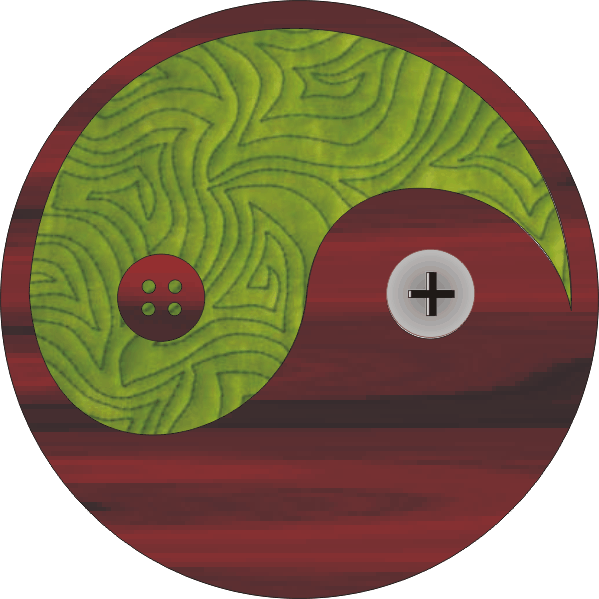This post was written by Mary Elizabeth O’Toole
Last week, Stephen introduced our Tech Tuesdays with musings on the importance of thinking about why and how you select a particular tool to develop or enhance creativity and/or the artistic process. I don’t always share Stephen’s enthusiasm for technology and rarely am motivated to just play. As a result, when I consider a technology option, it is most frequently in pursuit of a particular solution. It is not often I am tempted by the toy factor.
One notable exception for me is photography and related digital enhancements. I am quite content to wander for hours exploring the digital technology while taking pictures from various angles or with different settings, typically shooting multiple frames of any subject. I can easily lose hours in Adobe Photoshop editing, removing and combining elements, or creating unusual effects with my images. You can be sure that in future Tech Tuesday posts, I will be discussing Photoshop play that I have used in my design or, you know, just for the fun of it. Before I do that though, I want to discuss use of a more fundamental tool – the camera.
I have several cameras from a Digital SLR to a pocket point-and-shoot (not to mention my phone and tablet cameras) and always have at least one option with me because, well, it just doesn’t count if you don’t have a picture. It has always baffled me when someone says something like ‘I wish I had thought to take a few pictures’. For more years than I can remember, I have always loved taking pictures, lots of pictures. It was only natural that this would be come part of my creative process. Of course, the photos themselves can be an art form and do serve that function, but beyond that, I use my camera to support my creative pursuits in a variety of ways.
Here are several examples. Some will probably be familiar to you but I am hoping there might also be something to spark a new approach or application.
Inspiration
There are countless ways to use your images for inspiration. To name a few:
- Creating a pattern, plan or design – I often take pictures with a view of using them for a pattern for an art quilt. Both Stephen and I take pictures of projects we want to recreate or customize.
- Comparing options – Sometimes photos are a perfect way to try different layouts, colours or combinations and compare the results. I described this in my post called Design Possibilities.
- Choosing a colour palette – Referencing images for colour inspiration helps define how the colours work together or what type of mood they create. Not sure where to look? Try nature, tourist spots, colourful marketplaces, window displays, playgrounds, or a close shot of favourite clothes or fabric.
- Capturing work ideas or sketches – Inspiration might strike at any time, perhaps when you are without your idea journal. A picture helps you record ideas to file or share.
- Getting a new perspective – In my experience, taking a picture can help show a subject in a new light, perhaps appreciate it differently. For example, if you are having difficulty finding the right project for a particular piece of wood or fabric, post an image where you can see it and give the material a chance to tell you what it wants to be.
Organization
The second category for using images relates to how you organize your work and your work space.
- Tracking Work-in-Progress – Keep a visual record of WIP pieces in one place as a reminder of what projects you have on the go, where you are in the process – and any deadlines or targets for completion. This can help you choose a project that suits the amount of time or type of work you want to do at a given time so you can make more efficient use of your time and finish more projects.
- Assessing the state of your workspace – Sometimes you get so used to a state of disarray but taking a picture can get you to look with new eyes and serve as a reminder that you need to reorganize your studio.
- Cleaning after finished projects – When you develop a good working system, take a picture so you can recreate it easily after a work session or series of session, especially if your work style or projects have you working on a piece over multiple sessions.
- Recording steps – Take pictures along the way so you can recreate your project, design a pattern, write a tutorial or share in a blog.
Presentation
The final category I have identified for using images is in the sharing of your work.
- Creating a Portfolio – Use images to showcase your work in a blog or other online creative forum, or in a more traditional format to carry to markets or clients.
- Sharing with other artists – Show images at workshops or guild meetings to inspire others, get feedback on your work, or troubleshoot challenges . Photos give a chance to share process or progress, and are more practical than carrying a large or fixed work with you.
- Demonstrating or teaching – Still images or short videos can provide inspiration and instruction online or at workshops. They can offer close-up shots of the work itself of or work processes.
What other ways do you use photographic technology in your art? Be sure to share your best tips in the comments.
Perhaps you will be inspired by ideas shared here so you don’t forget about carrying a camera OR taking a picture.


Recent Comments